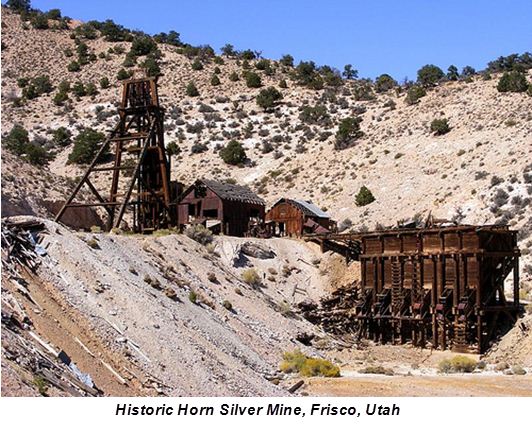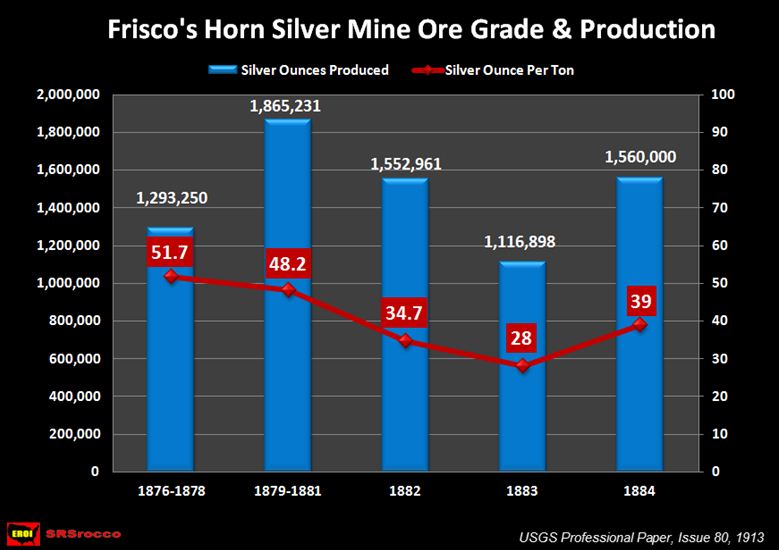The focus of the markets and the alternative media is firmly placed on the continued disintegration of the world financial system. Many believe that the collapse of the fiat monetary system along with the global banking cartel is the worst possible outcome. However, this may actually turn out to be the good news in a sea of bad news that is lurking around the corner.
As the world's attention is currently directed at its massive paper-debt dilemma, a physical problem looms larger each passing day. This is what I call, the brontosaurus in the living room. The information provided in this article may help connect the dots to the reader who has been grossly misinformed by the highly specialized analysts in the various industries and media.
In the future as tens of trillions of dollars of debt masqueraded as wealth implodes, there will be a stampede into the best safe havens available -- the precious metals. Many believe gold will play the major roll in this upcoming transfer of wealth. While this may be true, silver could actually turn out to be the better choice when we consider the factors presented in this article.
The inspiration to write this article came while I visited several historic mining towns in Utah. One of these mines was the Horn Silver Mine located in Frisco, Utah. After spending most of the day looking at the remains of the town, its old kilns and the abandoned mine, I began to wonder how much silver was produced there and what were the size of its ore grades.
The Horn Silver Mine in Frisco was discovered in 1875 and by 1881 it was producing over one million ounces of silver annually. However, in a rush to get the silver out of the ground and not taking the time to brace the tunnels correctly, the mine collapsed in Feb, 1885. The one fortunate part about the mine collapse is that it took place between shifts so no one was hurt.
The mine recovered and started to produce again at a decent rate in 1887, but it never regained the level it had achieved prior to the mine collapse. In the 30+ years the mine was in operation, it produced over 14 million ounces of silver. This may not seem like a great deal today, but in its heyday it was the largest silver mine in Utah.
In its initial years of operation, the Horn Silver Mine produced silver at a staggering 1,608 g/t (grams per ton) or 51.7 oz/t (ounces per ton). We must remember that during this time, the United States was calculating these ore grades in short tons or 2,000 pounds. Today the predominant industry standard is measured in metric tonnes or 2,205 pounds. Thus, these earlier figures were approximately 10% lower than the comparable ore grades today. If we adjust the difference to fit present standards, it would be 1,769 g/t or 56.8 oz/t .
To understand just how much the ore grades have changed in the silver mining industry in the past 100+ years, I decided to compare the Horn Silver Mine to a present day silver mining company. I choose First Majestic Silver Corp because it is a smaller producer and it has relatively decent silver ore grades (more about this later).
The Horn Silver Mine vs. First Majestic
If we look at the data compiled by the United States Geological Survey in 1913, we can see the annual amount of silver produced at the Horn Silver Mine:
The copy of the original image is hard to read, but the important figures to focus on are in the ORE & SILVER columns. We can see that prior to 1885, the mine was producing the most silver in a given year. At its peak in 1884, the Horn Silver Mine extracted 40,000 tons of ore and produced 1.56 million ounces of silver. The full potential of the mine was never reached due to the collapse of the main tunnels in 1885.
To get a better idea of richness of the silver ore grades that were extracted from the Horn Silver Mine in the first few years of production, take a look at the graph below:
Furthermore, during the first several years of production, the Horn Silver Mine produced 10,352 tons of lead at a staggering 41% ore grade. In its final year of recorded production in 1909, the mine provided 192,22 oz of silver at 18 oz/t and 1,686 tons of lead at a 15% ore grade.
If we fast forward to the present day and look at First Majestic's Q1 2012 Financial Report, we can get an idea of just how much more ore is required to be processed to produce silver. In the second quarter of 2011, First Majestic processed 482,077 tonnes of ore to generate 1.78 million oz of silver.
Continue Reading (pdf)








